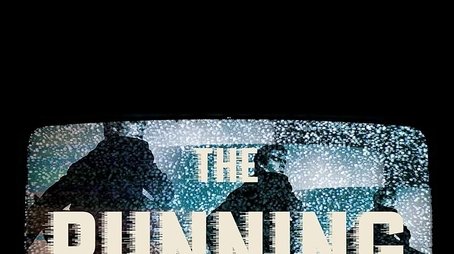
Sorry, we do not have information on this title.

Five siblings who have plans to go on vacation. However, on their journey, they experienced a serious accident which killed Sofi, their youngest sister. After Sofi's death, her four older siblings felt guilty until finally they felt terrorized by the incident.
Sorry, we do not have information on this title.